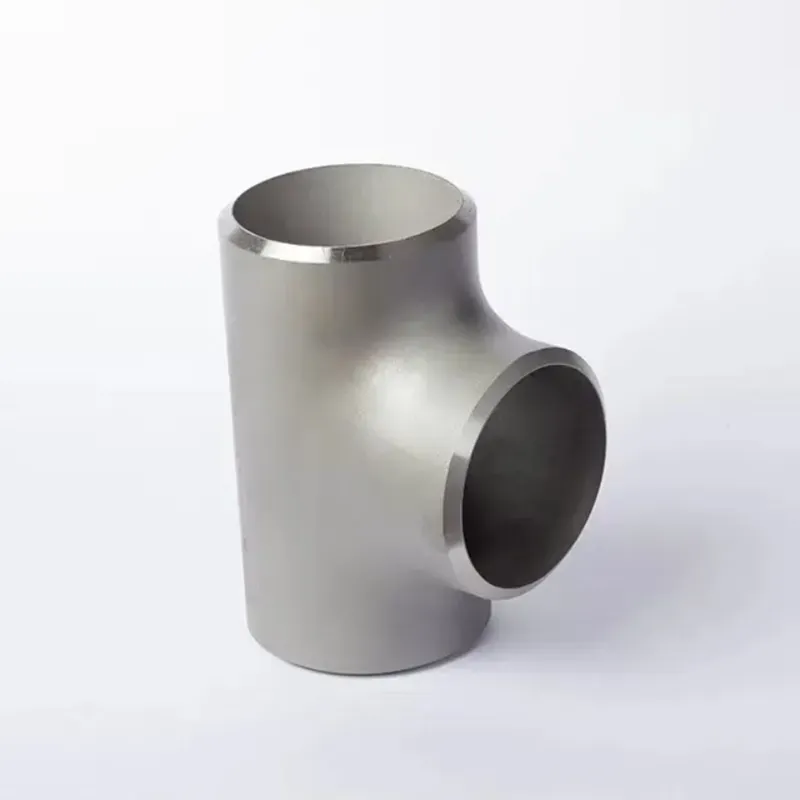-
Cangzhou Yulong Steel Co., Ltd.
-
Phone:
+86 13303177267 -
Email:
admin@ylsteelfittings.com
- English
- Arabic
- Italian
- Spanish
- Portuguese
- German
- kazakh
- Persian
- Greek
- French
- Russian
- Polish
- Thai
- Indonesian
- Vietnamese
- Zulu
- Korean
- Uzbek
- Hindi
- Serbian
- Malay
- Ukrainian
- Gujarati
- Haitian Creole
- hausa
- hawaiian
- Hebrew
- Miao
- Hungarian
- Icelandic
- igbo
- irish
- Japanese
- Javanese
- Kannada
- Khmer
- Rwandese
- Afrikaans
- Albanian
- Amharic
- Armenian
- Azerbaijani
- Basque
- Belarusian
- Bengali
- Bosnian
- Bulgarian
- Catalan
- Cebuano
- China
- China (Taiwan)
- Corsican
- Croatian
- Czech
- Danish
- Esperanto
- Estonian
- Finnish
- Frisian
- Galician
- Georgian
- Kurdish
- Kyrgyz
- Lao
- Latin
- Latvian
- Lithuanian
- Luxembourgish
- Macedonian
- Malgashi
- Malayalam
- Maltese
- Maori
- Marathi
- Mongolian
- Myanmar
- Nepali
- Norwegian
- Norwegian
- Occitan
- Pashto
- Dutch
- Punjabi
- Romanian
- Samoan
- Scottish Gaelic
- Sesotho
- Shona
- Sindhi
- Sinhala
- Slovak
- Slovenian
- Somali
- Sundanese
- Swahili
- Swedish
- Tagalog
- Tajik
- Tamil
- Tatar
- Telugu
- Turkish
- Turkmen
- Urdu
- Uighur
- Welsh
- Bantu
- Yiddish
- Yoruba

Aug . 08, 2024 12:25 Back to list
Understanding the Importance of Coupler Threads in Engineering Applications and Manufacturing Processes
The Importance of Coupler Threads in Modern Engineering
In modern engineering and manufacturing, coupler threads are of paramount importance, particularly in applications involving piping systems, structural connections, and mechanical assemblies. These threaded connections provide robust joint capabilities that are essential for maintaining the integrity and functionality of various structures.
Understanding Coupler Threads
Coupler threads, also known as coupling threads, are a type of threading that allows two components to be joined together securely. They are typically found in various applications, including plumbing, electrical installations, and machinery where pipes or rods need to be connected. The design of these threads ensures not only a tight fit but also the necessary strength to handle the forces exerted on them during use.
The most common types of threads used in couplers include Unified National Thread (UN), Metric Thread (M), and British Standard Whitworth (BSW). Each of these threading systems has specific dimensions and tolerances, designed to accommodate different materials and loading conditions. The choice of thread type is crucial, as it directly affects the performance and durability of the connection.
Applications of Coupler Threads
Coupler threads play a critical role in many industries. In the oil and gas sector, for instance, they are used to connect pipes that transport hydrocarbons from extraction points to refineries and distribution networks. The integrity of these connections is vital, as any leak could result in environmental damage and significant financial loss.
Similarly, in the construction industry, coupler threads are used to join structural elements like beams and columns. The strength provided by these threaded connections helps ensure the stability and safety of buildings and bridges under varying loads.
In the realm of mechanical engineering, coupler threads are often employed in machinery where parts are frequently assembled and disassembled. The ability to easily connect and disconnect components without damaging the threading is a valuable feature in maintenance and repair operations.
coupler thread

Advantages of Using Coupler Threads
One of the primary advantages of coupler threads is their ease of use. Unlike welding or brazing, which require specialized skills and equipment, threaded connections can often be made with simple hand tools. This not only reduces labor costs but also allows for quicker assembly and disassembly.
Another significant advantage is the flexibility that coupler threads offer. They can accommodate slight misalignments between connected components, which is particularly beneficial in dynamic environments where thermal expansion and contraction may occur.
Coupler threads also enable the use of various materials. For instance, threaded connections can be made between metal, plastic, or composite materials, depending on the application requirements. This versatility allows engineers to choose the most suitable materials for their needs, enhancing overall performance while potentially reducing costs.
Challenges and Considerations
Despite their many advantages, the use of coupler threads does come with challenges. One of the most critical concerns is the potential for thread wear and galling, which can compromise the integrity of the connection over time. This is particularly relevant in high-stress applications where repeated assembly and disassembly occur.
To mitigate these issues, engineers often implement coatings or choose materials with enhanced wear resistance. Proper torque specifications and installation techniques are also essential to ensure a secure and durable connection.
Conclusion
In conclusion, coupler threads are a critical component in various engineering applications, providing strength, flexibility, and ease of use. Their importance cannot be overstated, as they contribute significantly to the safety and reliability of structures and systems across multiple industries. As technology continues to advance, the design and materials used in coupler threads will likely evolve, further enhancing their performance and applicability in modern engineering.
Latest news
-
ANSI 150P SS304 SO FLANGE
NewsFeb.14,2025
-
ASTM A333GR6 STEEL PIPE
NewsJan.20,2025
-
ANSI B16.5 WELDING NECK FLANGE
NewsJan.15,2026
-
ANSI B16.5 SLIP-ON FLANGE
NewsApr.19,2024
-
SABS 1123 FLANGE
NewsJan.15,2025
-
DIN86044 PLATE FLANGE
NewsApr.19,2024
-
DIN2527 BLIND FLANGE
NewsApr.12,2024
-
JIS B2311 Butt-Welding Fittings LR/SR 45°/90° /180°Seamless/Weld
NewsApr.23,2024











